|
|
The bloody retreat, |

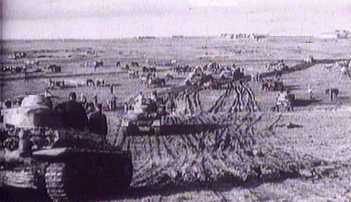
|
The Il-2 Shturmovik was a highly-effective ground-attack craft
(Shturmovik means "armored attacker") close-support, anti-tank and "train busting"
aircraft, was well armored and heavily armed with a 23mm cannon, an 82mm rocket,
and a 7.62mm gun. Russian women also served flying and as gunners in the Il-2M3 Shturmovik tank busters, the "Flying Bathtub". |
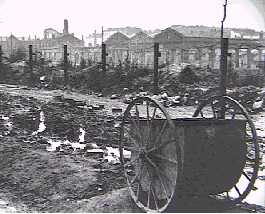
|
As a armored car with an advanced design, the Autobinda was used primarly for reconnaissance.It was very fast, carried a 20mm gun as well as 2 machine guns, and despite its weak armor, it had a covered turret which provided some cover from HE shells. |
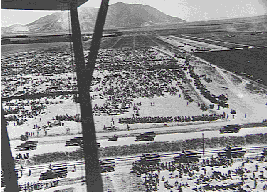
|
|
|
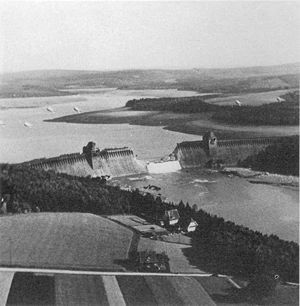
|
|
|
Losses of the British Commonwealth till now on; dead, wounded,
capture and missing:
|
The American losses after 7 December 1941 publish:
| ||||||||||||||||||||||||||||
| Relative strength on the eve of the battle. | ||||
|---|---|---|---|---|
| Germany | Russia | |||
| Soldiers | 900.000 | 1.337.000 | ||
| Tanks/mech.guns | 2.700 | 3.306 | ||
| Planes | 2.500 | 2.650 | ||
| Guns/mortar/rackets | 10.000 | 20.220 | ||

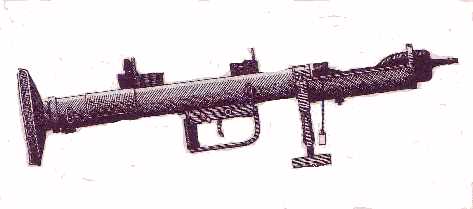
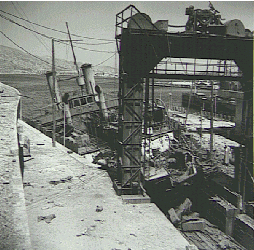


Commander of the 5th Allied Army.

|
|
|
.

|
|
|
![]()